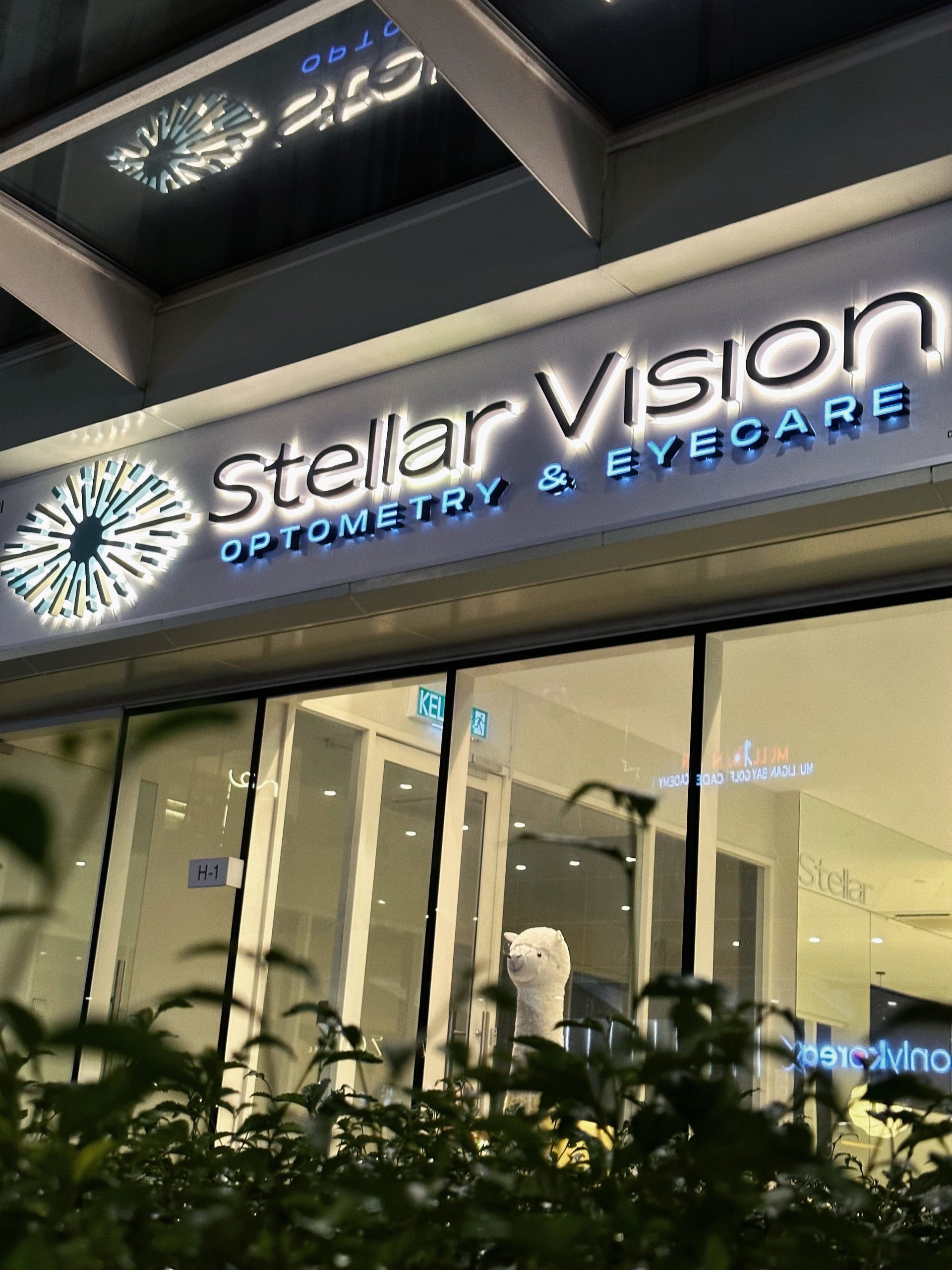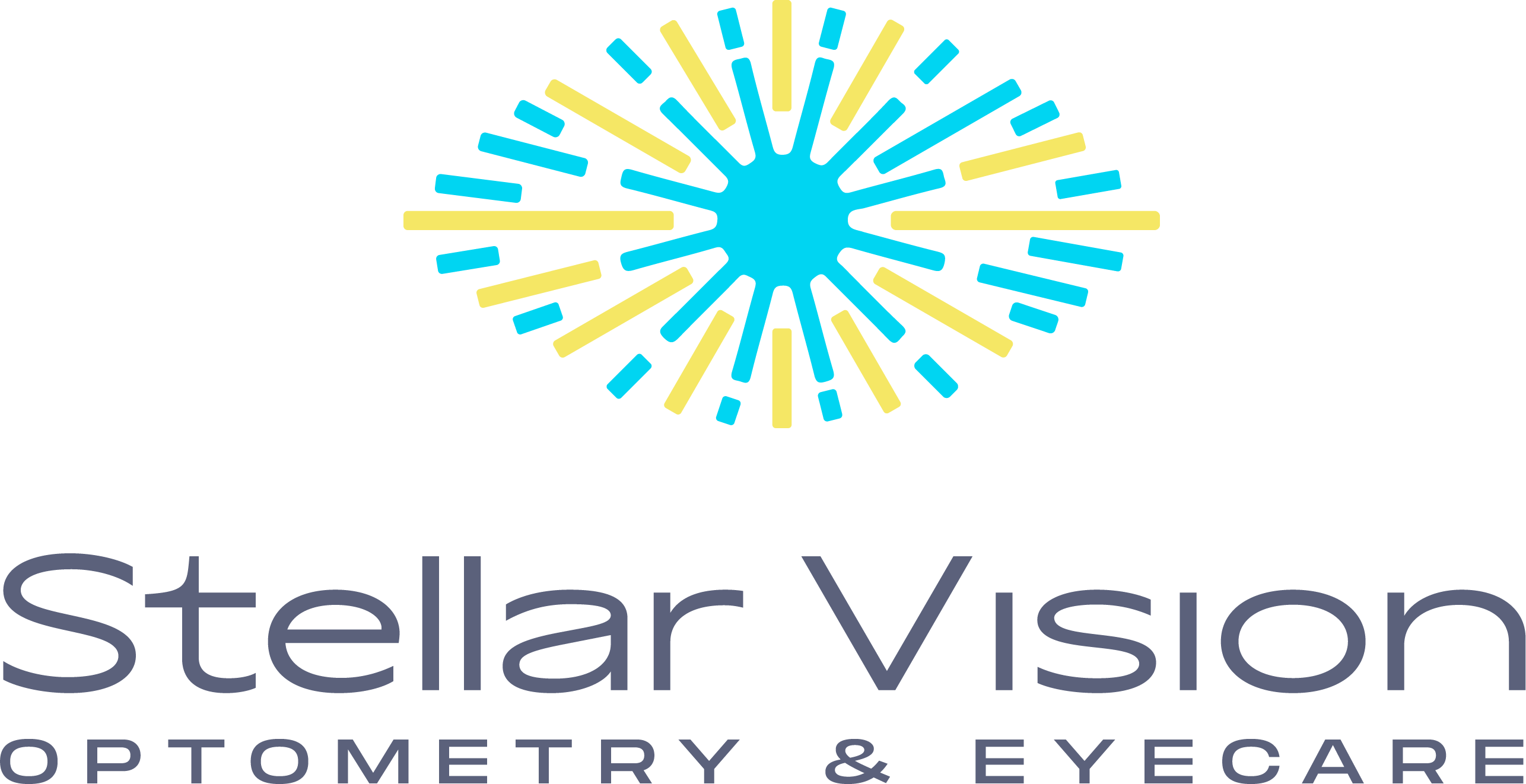Myopia can manifest in various forms, including:
Effectively managing myopia progression is crucial for several reasons:
Effective management of myopia progression involves various approaches, including:
Initiating myopia management begins with a comprehensive eye examination by a certified optometrist. At Stellar Vision Optometry & Eyecare, our experienced team will assess your child's vision and recommend personalized myopia management strategies tailored to their specific needs.
Investing in myopia management at Stellar Vision Optometry & Eyecare is paramount for preserving long-term eye health. Our dedicated team is committed to providing personalized solutions to slow down myopia progression and enhance your child's visual comfort. Schedule your appointment today to take the first step toward optimal vision health. Your child's eyes deserve the best care possible, and we're here to provide it. See you soon at Stellar Vision Optometry & Eyecare.

